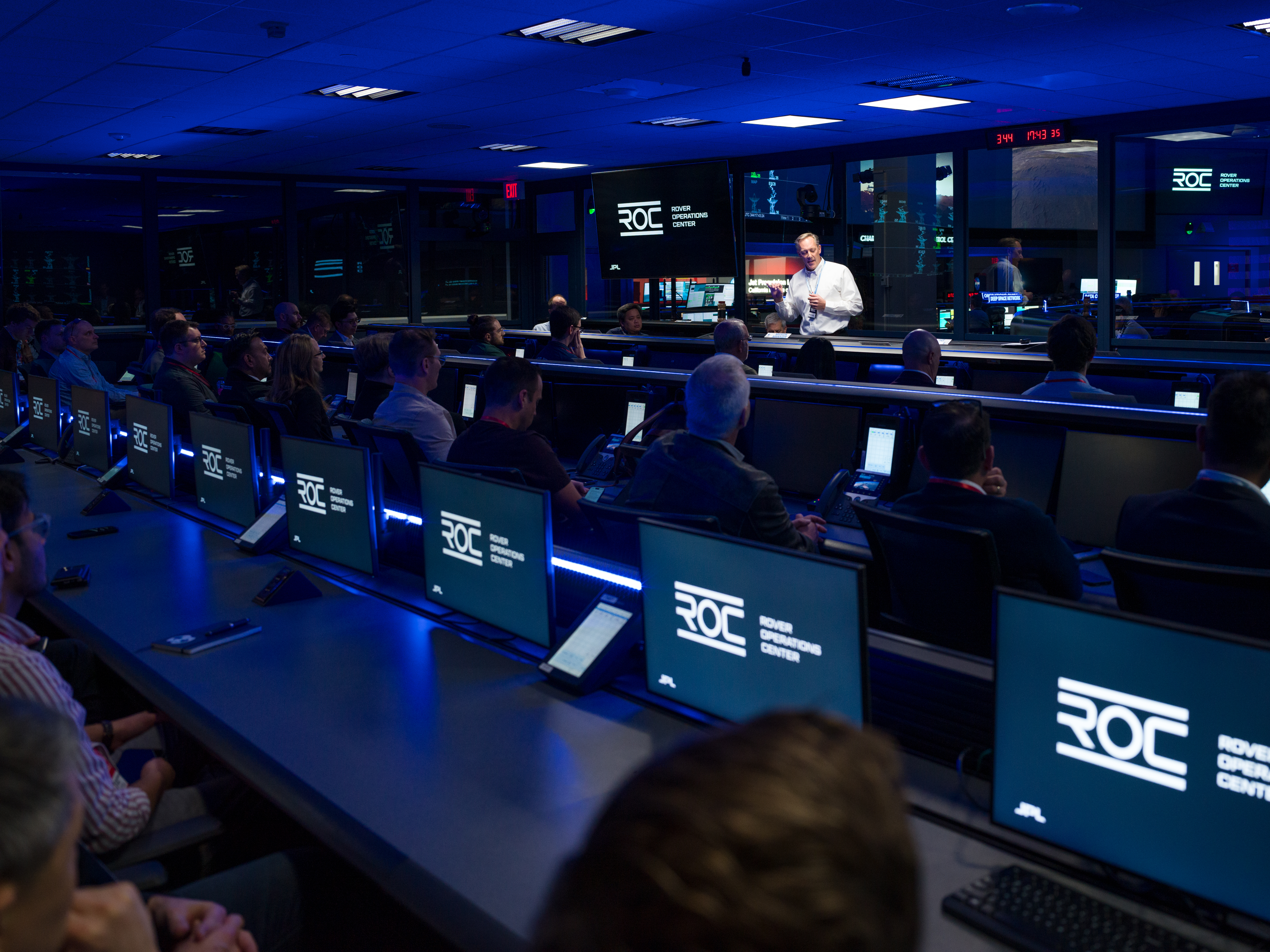NASA scientists have announced that they have contacted Pioneer 10, the plucky small spacecraft launched 29 years ago, ending speculation that its signal had finally fallen silent.
In a test of communication technologies for future interstellar missions, scientists operating a radio telescope antenna in Madrid, Spain established contact with the small spacecraft on Saturday, April 28, 2001 at 10:27 a.m. PDT (GMT 17:27:30). It was the first time the spacecraft had been heard since August of 2000.
"Pioneer 10 lives on," declared Pioneer 10 Project Manager Dr. Larry Lasher of NASA Ames Research Center, Moffett Field, CA. "The fact that we can still stay connected with the spacecraft is fantastic. We are overjoyed," Lasher added.
"We have been listening for the Pioneer 10 signal in a one-way downlink non-coherent transmission mode since last summer with no success," Lasher said. "We therefore concluded that in order for Pioneer 10 to talk to us, we need to talk to it." A signal was sent to the spacecraft, which locked onto it and returned a signal to the Madrid facility.
Pioneer 10 lives on. The fact that we can still stay connected with the spacecraft is fantastic. We are overjoyed.- Larry Lasher, Pioneer 10 Project Manager
Now orbiting 7 billion miles from Earth, well outside the solar system, Pioneer 10 was launched on March 2, 1972. Pioneer 10 was the first spacecraft to pass through the asteroid belt and the first to obtain close-up images of Jupiter. During the passage by Jupiter, Pioneer 10 also charted Jupiter's intense radiation belts, located the planet's magnetic field, and discovered that Jupiter is predominantly a liquid planet.
Following its encounter with Jupiter, Pioneer 10 explored the outer regions of the solar system, studying energetic particles from the sun, and cosmic rays entering our portion of the Milky Way. In 1983, it became the first man-made object to leave the solar system when it passed the orbit of distant Pluto. The spacecraft continued to make valuable scientific investigations in the outer regions of our solar system until its mission ended on March 31, 1997. When the mission formally ended, Pioneer 10 was at a distance of 6.28 billion miles (10.10 billion km) from Earth.
At that distance, it took over 9 hours 43 minutes for the radio signal (traveling at the speed of light) to reach Earth.
Pioneer 10 carries the now-famous gold plaque with an image of a man and a woman and goodwill information about Earth.
Pioneer 10 is currently 7.29 billion miles from Earth, traveling at 27,830 miles per hour, relative to the sun. At that distance, the signals take 21 hours 45 minutes to make the round trip between Earth and the spacecraft. Pioneer 10's weak signal continues to be tracked by the Deep Space Network as it heads toward the constellation Taurus, where it will pass the nearest star in about 2 million years.
































